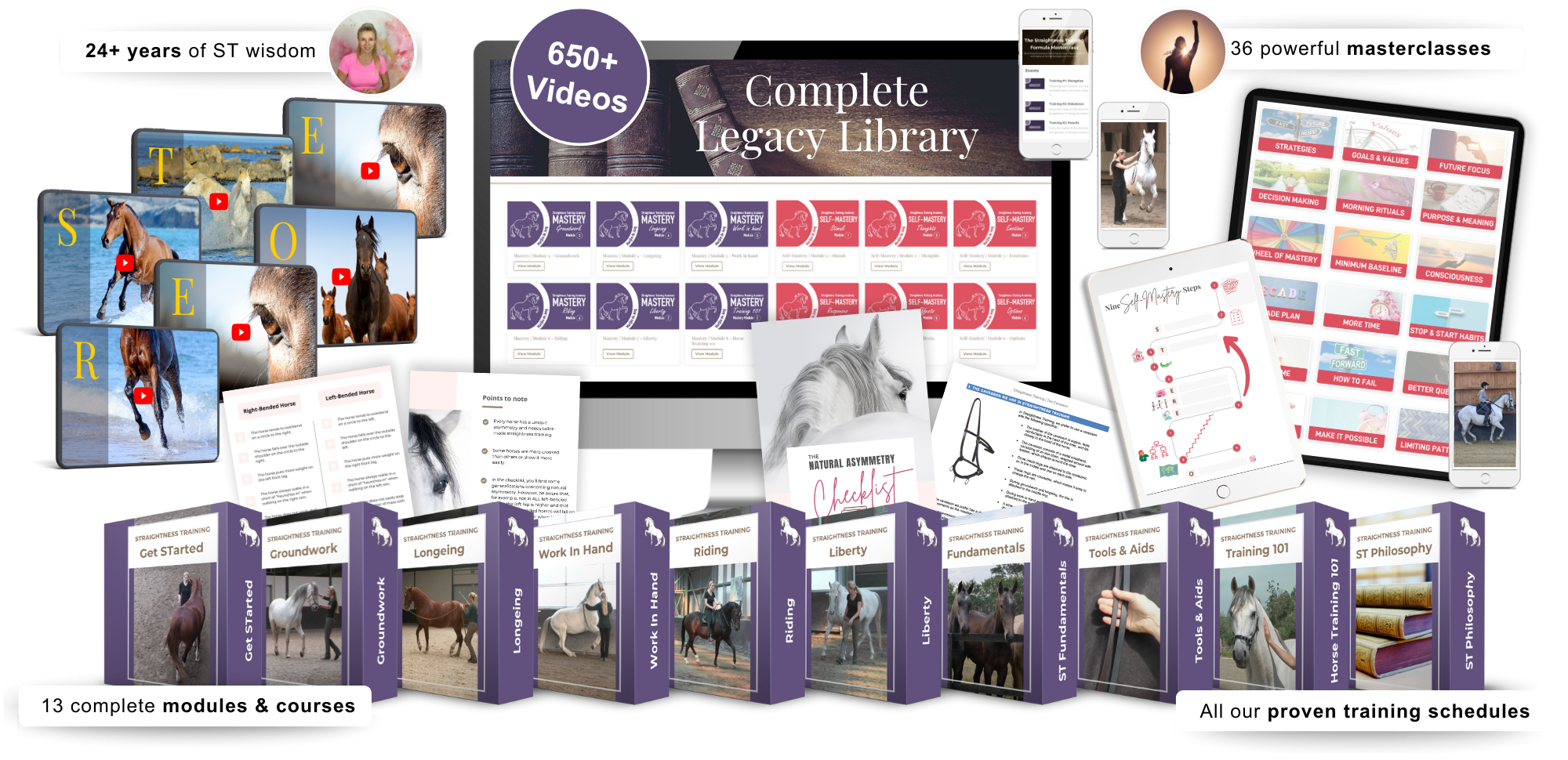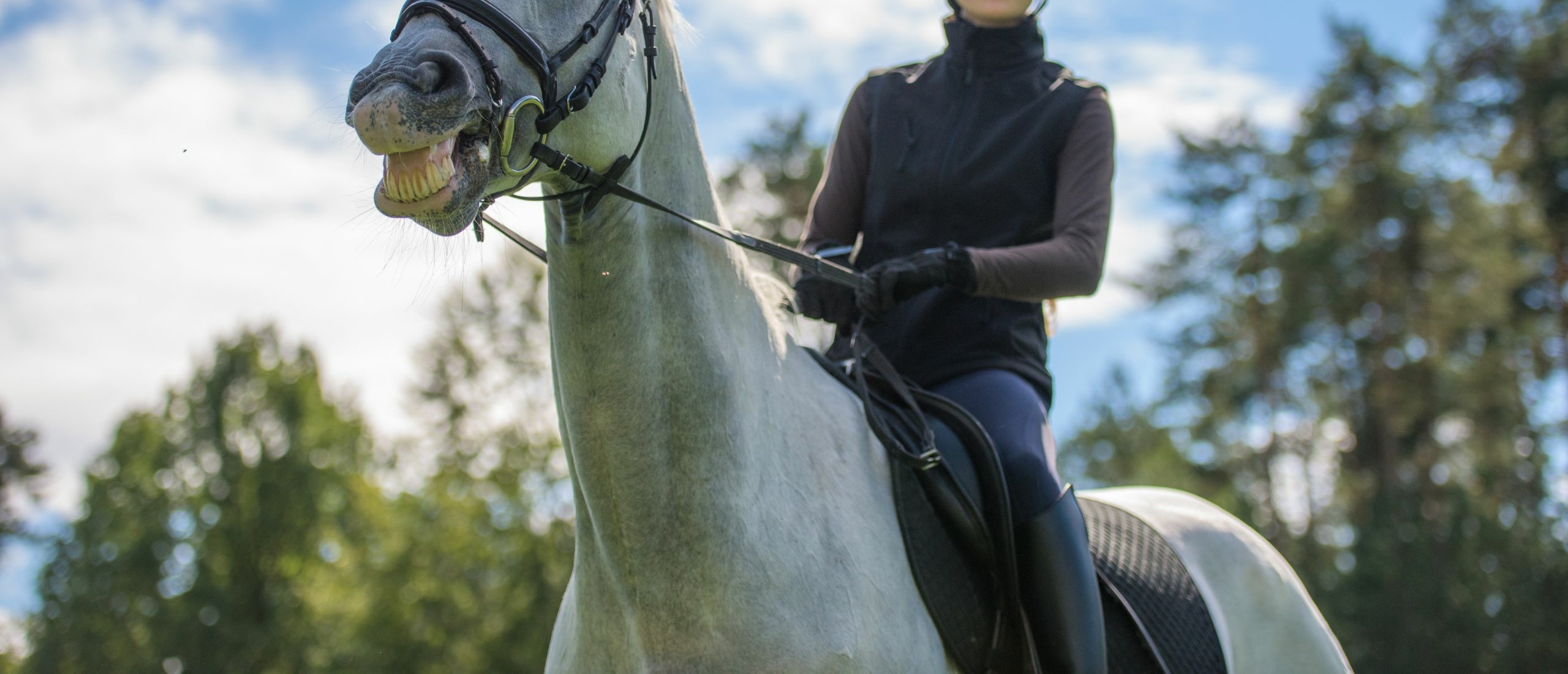
Symptoms and Problems
Symptoms and problems — what are you struggling with?
Is your horse tense whilst being ridden?
Difficult to turn to one side?
Always walks too fast?
Or too slow?
Perhaps your horse is bridle lame?
If you answered “yes” to one or more of these questions:
Don’t worry.
You’re not the only one!
Most riders face stiffness, struggle and stress with their horses.
They all face symptoms and problems caused by a hidden force that innocently working against you (and your horse).
It's a hidden force that most experts don’t even know about:
Common symptoms and problems
A lot of riders experience recurring symptoms and problems when working with their horses.
These can be grouped into three main categories:
- Riding symptoms & problems
- Mental, emotional & behavioral symptoms and problems
- Physical symptoms & problems
Let’s take a closer look.
Riding symptoms & problems:
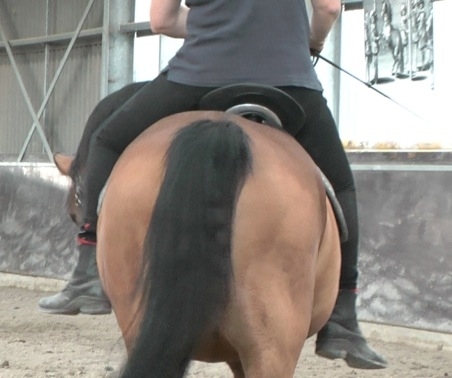
- Struggle to bend one way, the other is easy
- Can do an exercise to one side, but not to the other
- Leaning on one rein or taking the bit on one side
- Leaning in, or out, on a circle
- Having a ‘hard’ mouth or heavy in the hand
- No suppleness or yielding to the reins
- High head carriage and no stretching forward-downward
- Balance issues
- Rider and saddle slide to one side
- Canter lead problems, like false or disunited canter
- Lateral walk or canter
- Doesn't stop square or cannot back up straight
- Going forward reluctantly ot dpeeding up automatically
- Prancing
- Uncomfortable sitting trot
- Little shoulder freedom
- Short steps
- Bridle lameness
- Moving downhill
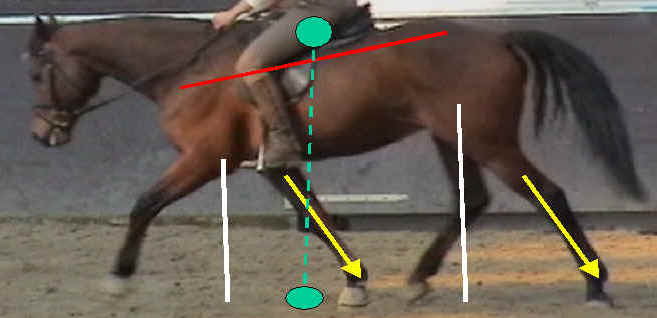
Mental and behavioral symptoms & problems:
- Alert
- Spooky
- Ears flat when doing a specific exercise
- Protesting
- Panicking
- Striking
- Rearing
- Bucking
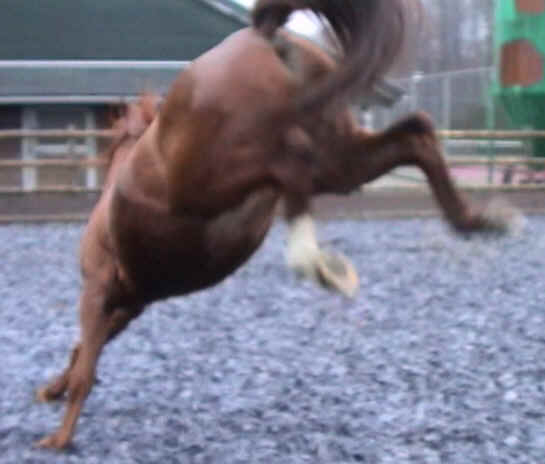
Physical symptoms & problems:
- Kissing spines
- Dull coat
- Back lumps
- Strain injuries in front legs
- Irregular gaits
- Lameness
- Navicular disease
- SI, knee, hip problems
- Bone spavin
- Galls
- Tilting the head
- Headshaking
- Grinding teeth
- Tongue hanging out
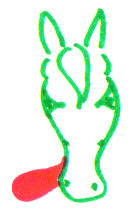
Examples:
This video includes some old footage but it still shows examples of what can happen when a horse’s natural asymmetry and natural imbalance are left unaddressed, especially once the rider’s weight is added.
Other causes
The symptoms above can of course have other causes besides natural asymmetry.
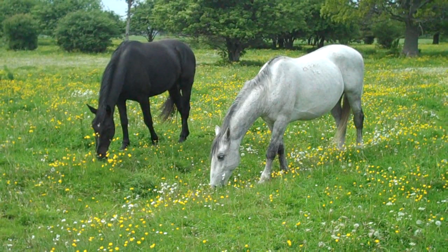
Always make sure your horse’s basic needs are met first:
- Proper feed, plenty of roughage
- Fresh air and sunlight
- Freedom to move in a paddock or field
- Contact with other horses
- Correcly fitting saddle, bridle and bit
- Using a mountain block to prevent back strain
The real solution
If you’ve already ruled out medical or equipment issues and still haven’t found a solution, there’s a big chance that natural asymmetry is the cause.
The real solution lies in addressing this root cause and reducing your horse’s natural asymmetry so that these symptoms and problems can disappear.
That’s where Straightness Training (ST) comes in.
Straightness Training helps you develop your horse symmetrically — in body and limbs — creating balance, suppleness, and harmony.
Your next STep
You’ve now learned about natural asymmetry, which is the hidden force behind your struggles.
Straightness Training helps you end your struggles once and for all, and create balance and harmony with your horse.
Join the FREE Straightness Training Masterclass and learn exactly how to create real change:

